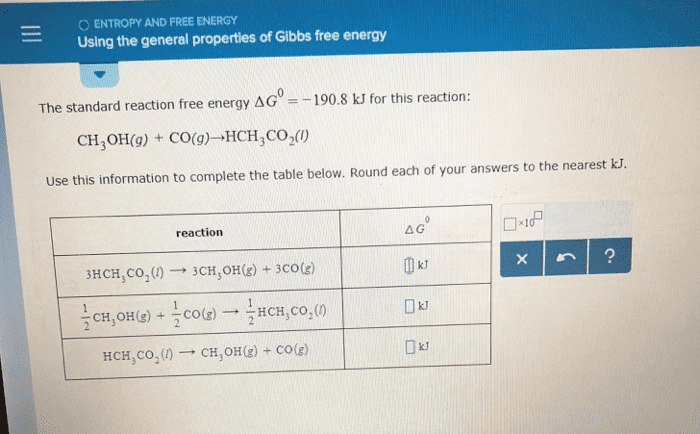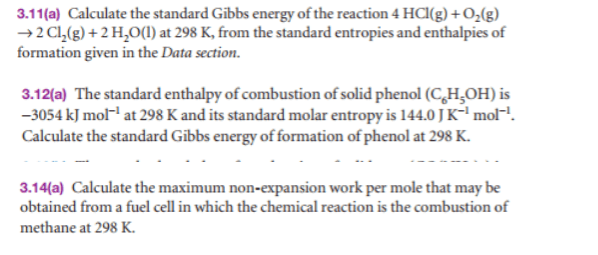CHE 111L Lecture Notes - Lecture 11: Molar Mass, Sodium Nitrate, Gibbs Free Energy
Document Summary
The purpose of this experiment was to determine the minimum change in entropy for the dissolution of sodium nitrate in water, and determine the gibbs free energy change and reaction quotient for the dissolution of calcium chloride in water. The procedure for this experiment can be found on pages 64-65 in general chemistry che111l. Carbon copies of the data table have been attached to the back of this lab report. H: trial 1, trial 2, trial 3: Part 2: q(joules) = (specific heat)(mass total)( t, trial 1: -(4. 184j/g c)(25. 592g)(7. 38 c) = -790. 228j, trial 2: -(4. 184j/g c)(25. 483g)(6. 99 c) = -745. 280j, h = q (cid:4666)joules(cid:4667) mass moles cacl2. = -54858. 136j/mol: trial 1: g= -58276. 872j/mol-(296. 69k)(-56. 0j/mol*k) = -41862. 232j/mol*k, trial 2: g= -54858. 136j/mol-(297. 42k)(-56. 0j/mol*k) = -38202. 616j/mol*k, q. = lnq e10. 92=55270. 80: average q (12851. 34+55270. 80)/2 = 34061. 07. The sample identity for the first part of the lab was found to be nano3. 17560. 72j/mol in trial 1, 17321. 48j/mol in trial 2, and 16686. 79j/mol in trial 3.




